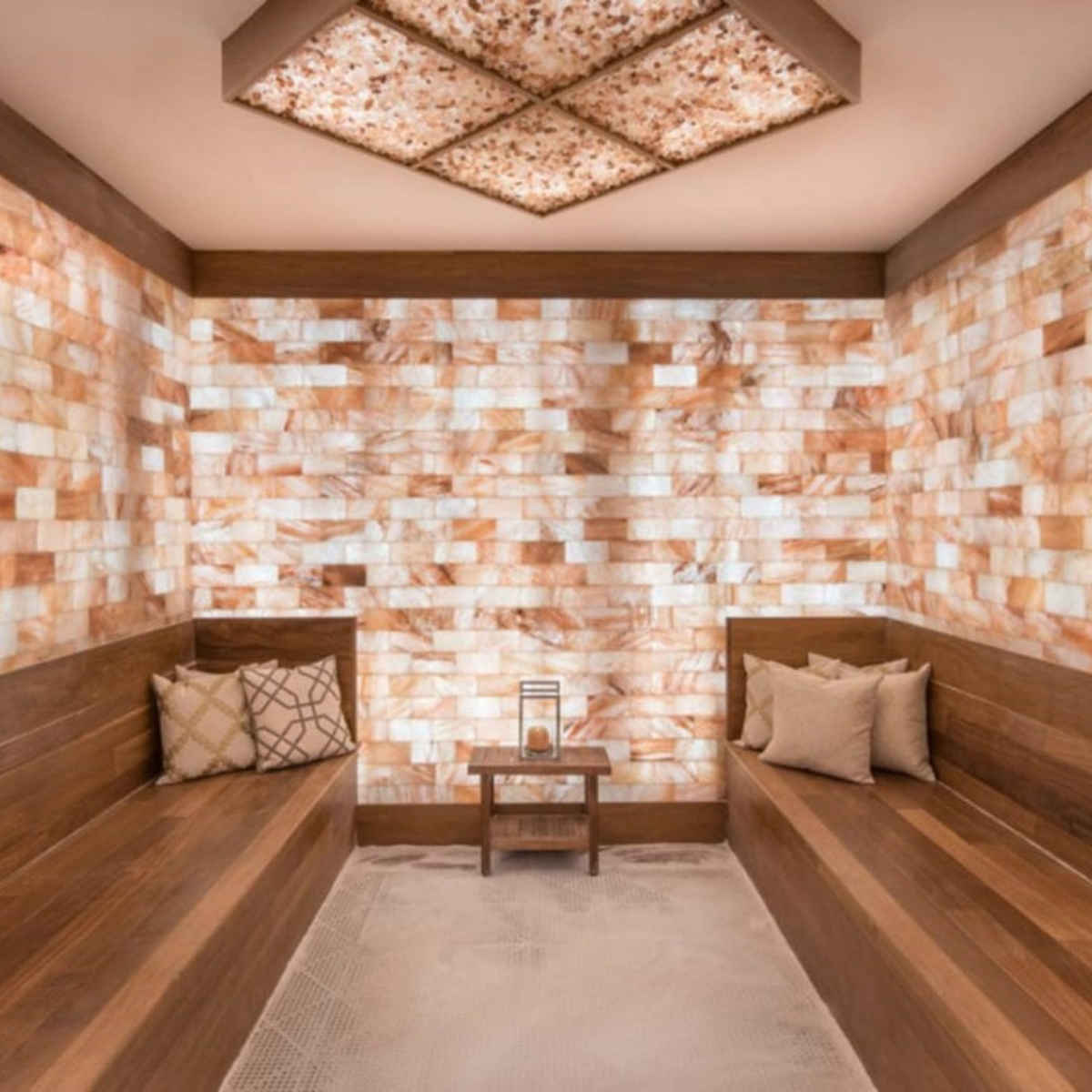Salt Room Manufacturing
Salt Room Manufacturing should be carefully designed and implemented step by step as it provides high benefits in the field of health and relaxation. Here are the construction stages of the salt room with technical details:
1- Site and Project Planning
2- Isolation and also Ventilation System Installation
3- Installation of Salt Panels and Blocks
4- Halogenator Installation
5- Lighting and Decorative Design
6- Floor Covering and then seat Selection
7-Control and Test Phase
1. Site and Project Planning
- In the first step, the basic needs of the customer, such as the size of the room, intended use and location, should be determined in line with the customer's request.
- All elements such as structural details of the room, electrical installation, ventilation and lighting should be designed in advance.
- Wall and floor areas should be made durable and hygienic, and made suitable for salt coating.
2. Isolation and Ventilation System Installation
- Proper insulation is essential for the salt room to function effectively. Good insulation ensures that the temperature and humidity level of the room remains stable.
- In particular, a ventilation system should be installed to improve air quality and provide a controlled atmosphere. This system ensures the air quality of the room and a balanced distribution of salt particles.
3. Installation of Salt Panels and Blocks
- Himalayan salt or rock salt blocks with high mineral content should generally be preferred for walls. Salt panels in particular should be meticulously mounted on the walls of the room.
- As well as providing a decorative feature, these salt panels contribute to the natural evaporation of salt, releasing beneficial minerals into the environment.
4. Halogenator Installation
- The halogenator is one of the most critical pieces of equipment in salt chambers. It also provides the mineral balance of the environment by spreading the salt particles finely into the room.
- This device provides the required concentration of salt particles in the room during salt therapy. Halogenators spray fine salt particles into the ambient air and create a therapeutic effect at the same time.
5. Lighting and Decorative Design
- Soft and relaxing LED lighting is often used in the salt room. Colored light options are ideal for increasing the feeling of relaxation and enhancing the atmosphere of the room.
- The comfort of users should be ensured by adding decorative details, wooden benches and ergonomic seating areas. For example, an impressive atmosphere can be created with illuminated salt walls in the background.
6. Floor Covering and Seat Selection
- Salt granules or hygienic floor coverings should generally be preferred for the floor. It is also important that the floor covering is easy to clean.
- Seating areas should be selected from ergonomic chairs and placed in such a way that users can be comfortable during the therapy.
7. Control and Testing Phase
- After the salt room is completed, the functionality of the systems must be checked. Halogenator, ventilation, lighting and other components must then be tested in working condition.
- Finally, details such as room air circulation, salt content and overall structure durability are reviewed.





